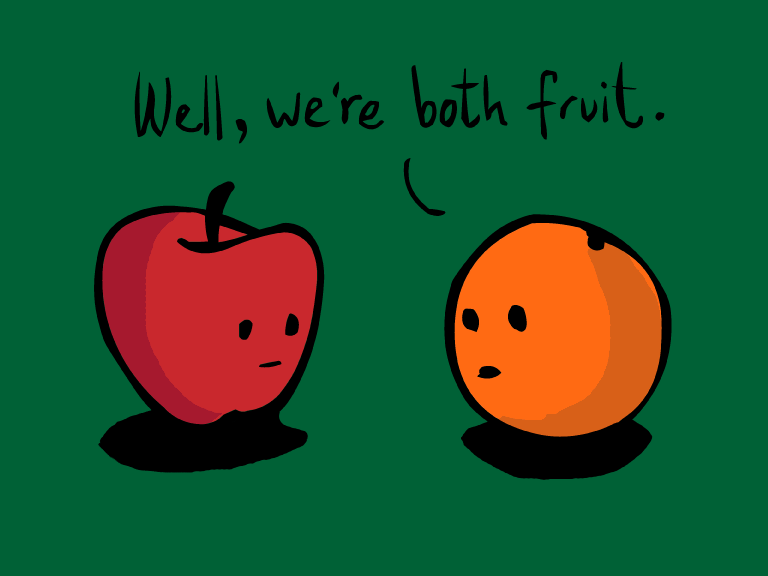The Freudian Psychoanalysis theory claims that a person's identity is not passed on or inherited through genes but is a result from their past experiences specifically taking place during youth. Result of identity is influenced by outside forces that were encountered during the early experiences in their lives. In our textbook, it states that Freud believed that babies are born with an ability to experience pleasure of all kinds, labeling this as the polymorphously preserve. The states of developing sexuality occurs in stages:
1. Oral stage: the bond between a mother and her child through breastfeeding. (The mouth being the main erotigenic zone, where most pleasurable needs are met) - Comforting fantasies
2. Anal and phallic stages: Pleasure in letting go of wastes, while phallic stages focus on the genitals as a whole. - Sadistic fantasies and the phallic stage associates with fantasies of control.
3. Oedipus complex: The child's mental structure on desires that are both conscious and unconscious are separated and preserved based on a mother and father influence.
Being so concerned with the mind Freud sought out to understand the bases of humans different factors thrill us, captivate us, as well as our sexual experiences, but mostly how we arrive at our final destination and what drives our direct human action. "Our subjectivity is the result of identification with outside forces and contact with those outside forces results in the formation of the conscious and unconscious divide."
Image source: Google Images.





